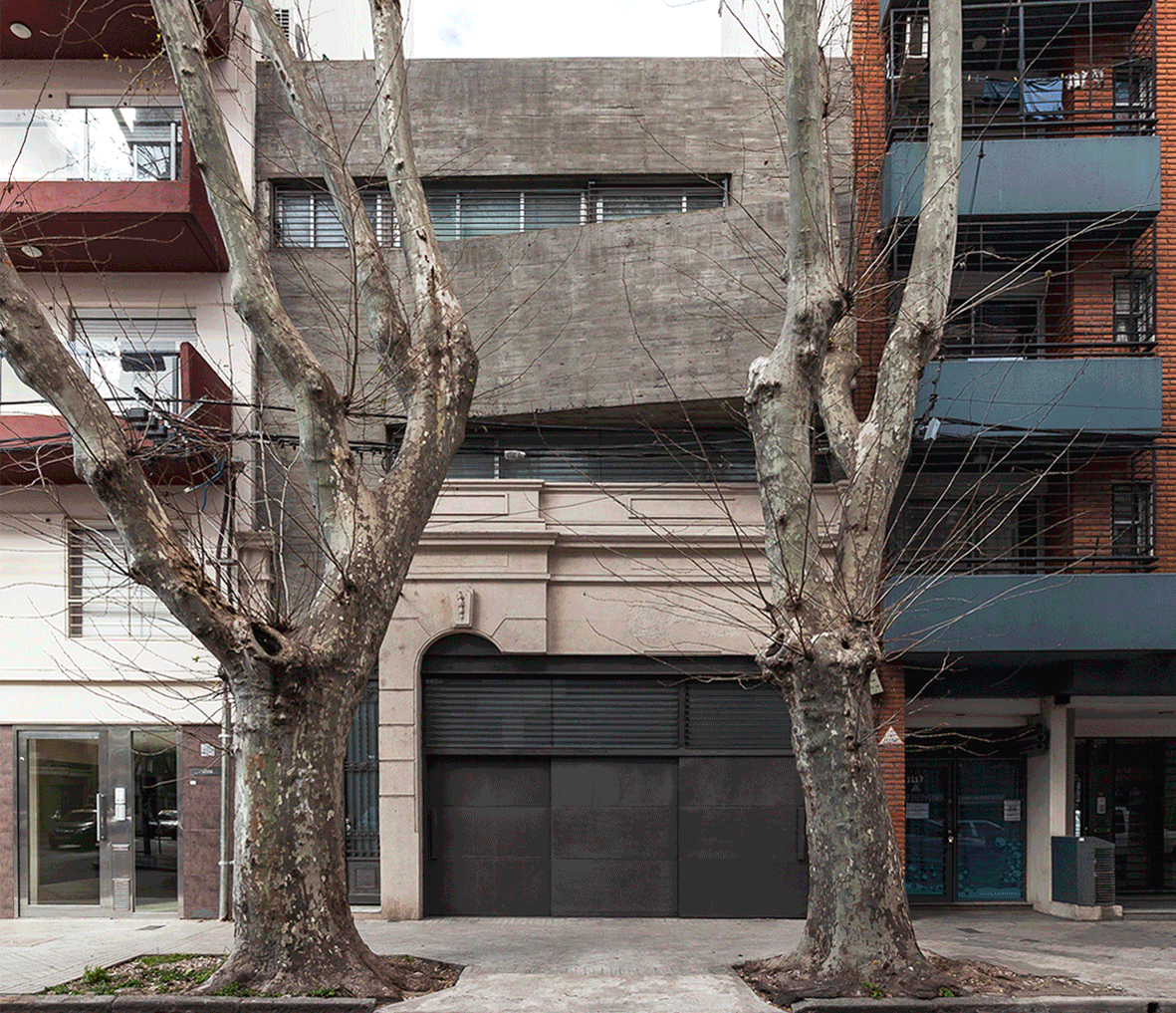
We often have to make decisions about existing structures when working in urban environments. The increase in urban density has had a direct impact on the availability of space for the development of new and independent constructions, which has stimulated debates about the attitude to be taken towards the built heritage that has become obsolete – due to decay or because it does not serve further to the functional needs of the contemporary community. population. In cases where buildings have deteriorated significantly or projects differ greatly from the spatial possibilities of an old building, it is only possible to preserve the facade — as an external covering, almost like a superficial element — seen as a partial solution that allows conservation. , in part, of the urban character of a structure if it has some public or cultural value. The controversy, of course, arises from the lack of relationship or connection between the transformed interior and the preserved exterior.
In an essay entitled «The Ethics of Facadism,» Robert Bargery writes: «Facadism, in its most common sense, involves retaining the facade of a building – usually a historic building – in order to build an entirely new space behind it, as is the face. It is considered to have some architectural or cultural value (…) Is it really necessary that the face of a building reflects what is happening behind When a building cannot be preserved as a whole and will be lost at least the inside, why not save the outside?»

Here is a selection of 10 projects located in different regions of Latin America that stand out for preserving the facades of existing buildings while using contemporary techniques and materials in their interiors. These projects show some of the methods that enable a link or connection between the past and the city’s current relevance:
Argentina
House Between Buildings / Guidi + Hernández Arquitectos
- Location: Rosario, Argentina
- Year: 2016
«It is inevitable to describe this project without understanding the conditions of the existing site, because they strongly dictate its direction. When the city is dense, spaces respond by stacking and flowing to «vertical. A concrete structure folds back on itself, fitting into the city. space between buildings, fitting the existing dwelling, and filling the urban void».
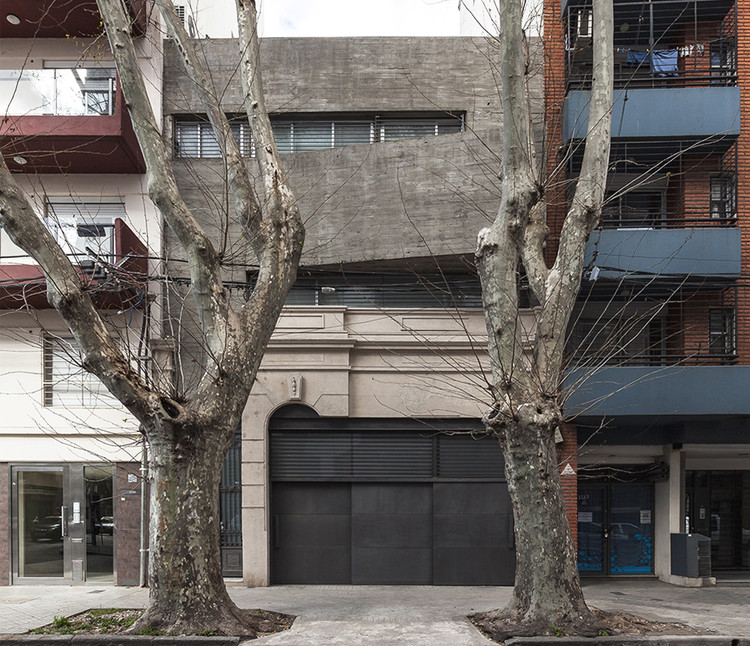
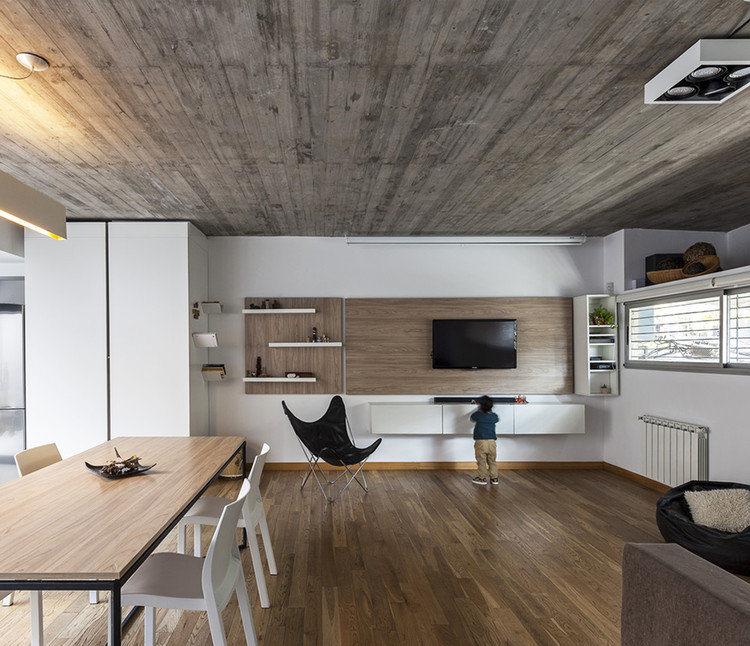
Building VDL 3532 / Arqtipo
- Location: Buenos Aires, Argentina
- Year: 2018
“VDL 3532 is a project that connects a heritage-protected property – the entrance and facade – with a building containing residential units and professional studios, designed to accommodate contemporary lifestyles characterized by variability and indeterminacy. before and the new, between the social and the private».
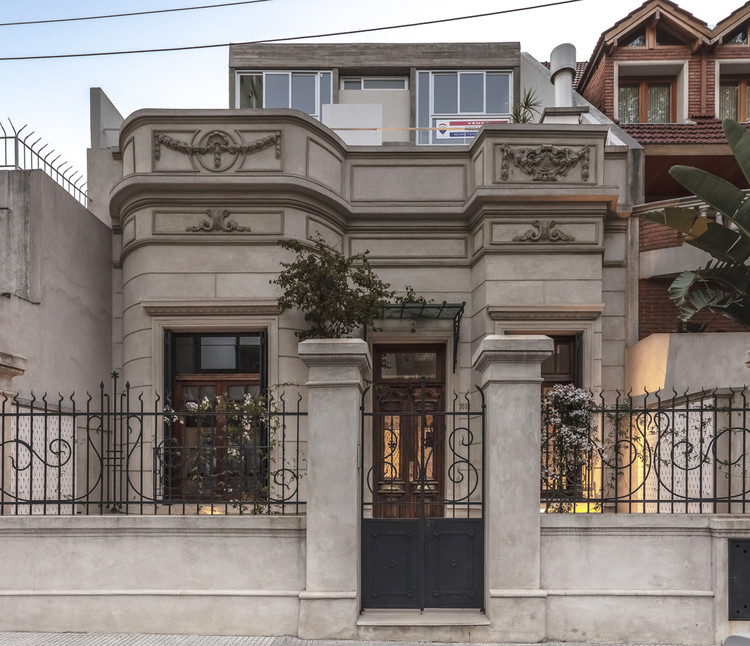
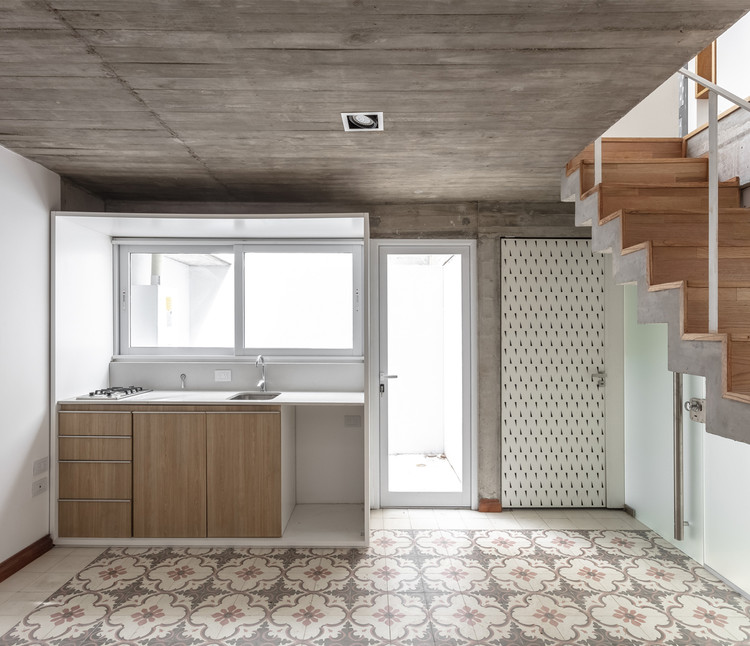
Little House of the Yellow Door / Mariclé Scalambro arq.
- Location: Cordoba, Argentina
- Year: 2018
«The project is adapted to a simple program for individual housing for a young person. The decision was made to preserve the original facade and internal structure. However, to expand spaces and create fluid circulation, partitions were added in interventions later. The choice of colors of the facade aims to distinguish it from the neighboring house, to avoid uniformity but not to create dissonance».
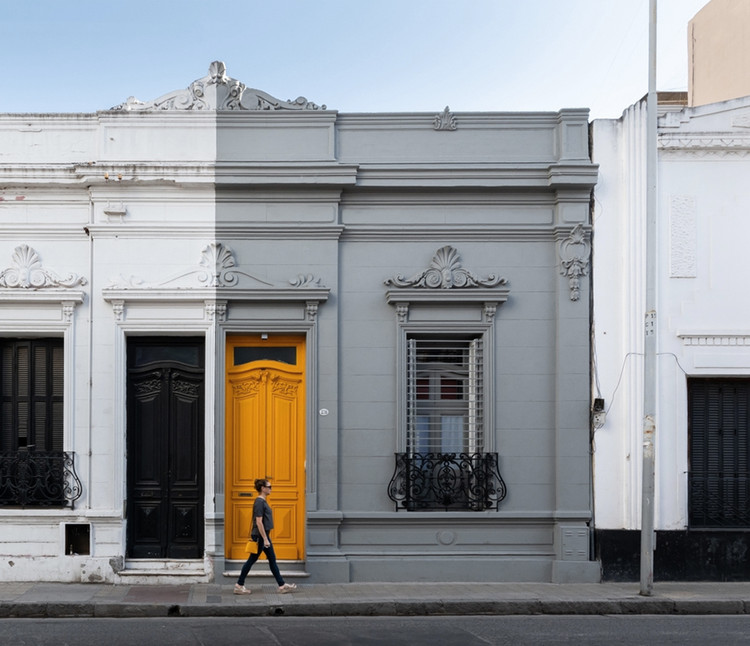
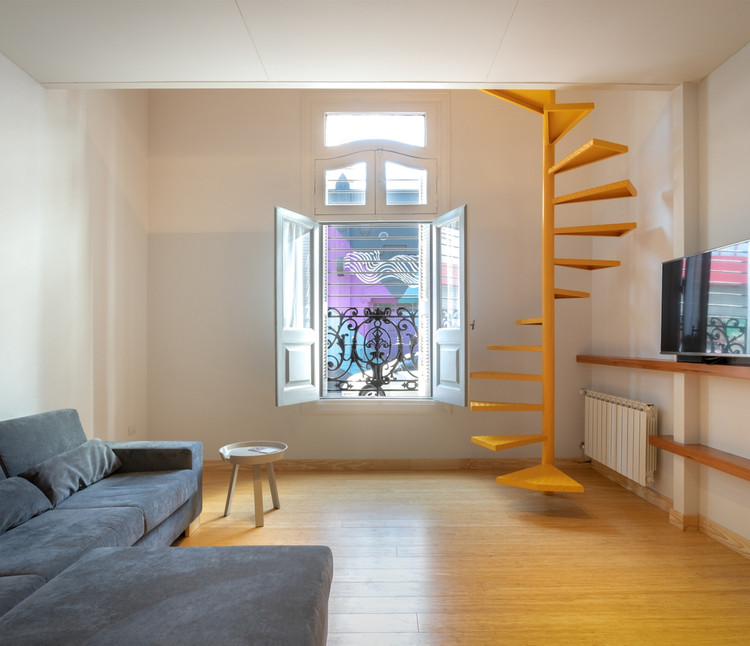
Chile
El Manzano House Renovation / Fantuzzi + Rodillo Arquitectos
- Location: Valparaiso, Chile
- Year: 2014
«The project involved the expansion and remodeling of a house in Valparaiso originally built in the early 20th century, located in Cerro Cárcel, within the historical conservation area of Valparaiso protected by UNESCO. The aim was to the proposal to preserve the existing structure and attach a metal frame volume that connects the spaces through an exterior staircase, which ends with a new level”.
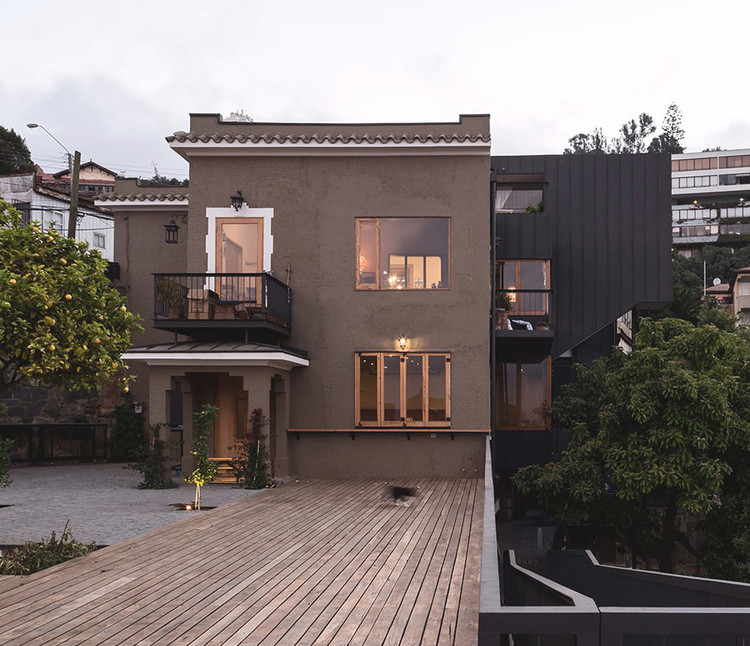
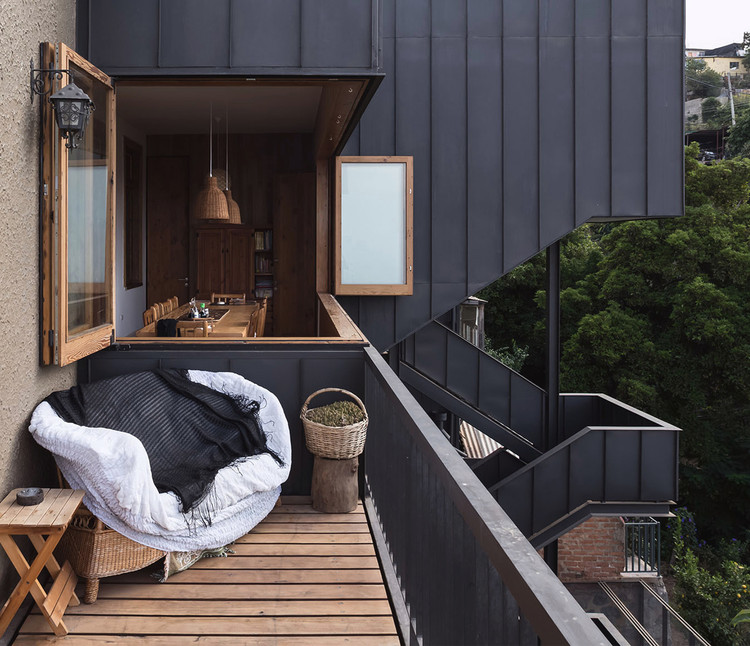
The Recycling of Casa Werth Hotel and Maison Italia Comercial Gallery / CO2 Arquitectos
- Location: Providencia, Chile
- Year: 2016
«The project involves the transformation of the Werth House – a corner building of a republican architectural style – into a multi-use facility. A complex process was required to restore and recover the interior wooden structures and the perimeter masonry wall from the first intervention. than to preserve and enhance an urban and constructive typology from the past”.
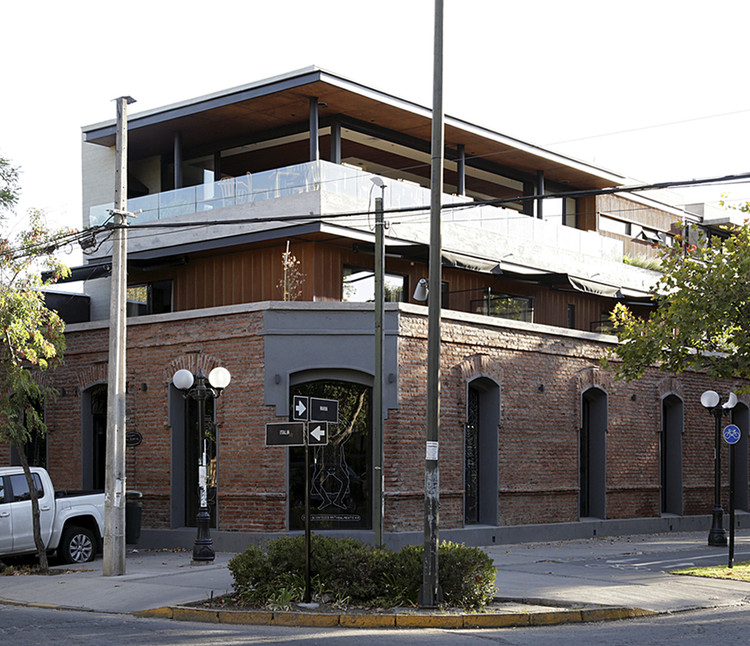
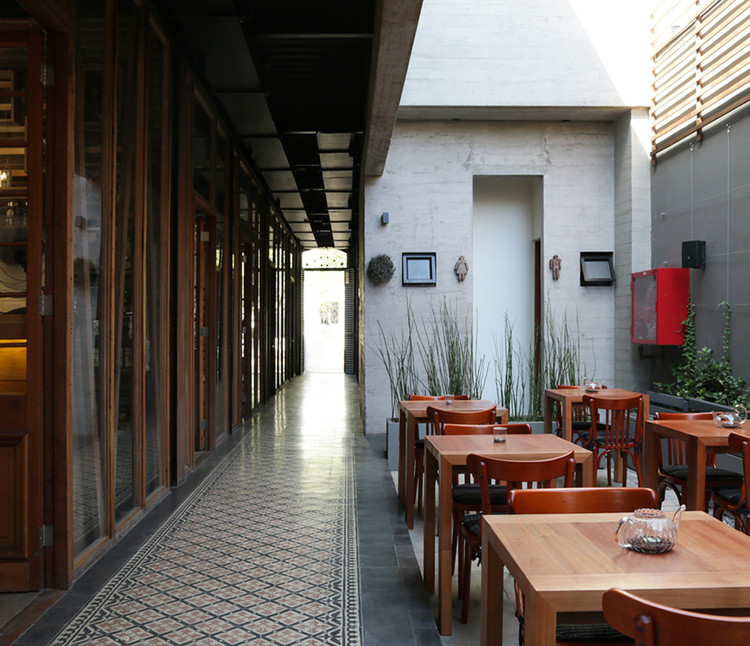
Ecuador
House of Flying Beds / AL BORDE
- Location: Imbabura, Ecuador
- Year: 2017
«Built in the late 1800s, this was one of those houses that at first glance seemed to have no use. The only salvageable feature was the clay walls. The rehabilitation operations were minimal but strategic: the walls structurally reinforced clay, the walls. treated, the damaged doors and windows replaced, and the floor leveled with cement.»

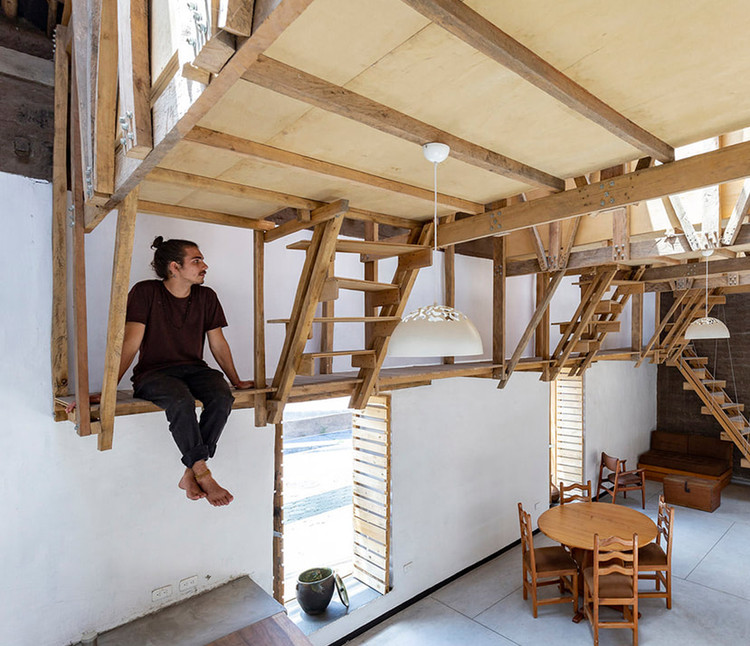
The Palomar House studio / FB+
- Location: Loja, Ecuador
- Year: 2019
«El Palomar is a renovation and remodeling project. The design strategies used in this renovation include: removing cladding in specific areas to expose the earthen walls, saving the tiles from the Old House (by removing the existing vegetation cover already), letting natural light in, and reusing objects from the previous intervention».
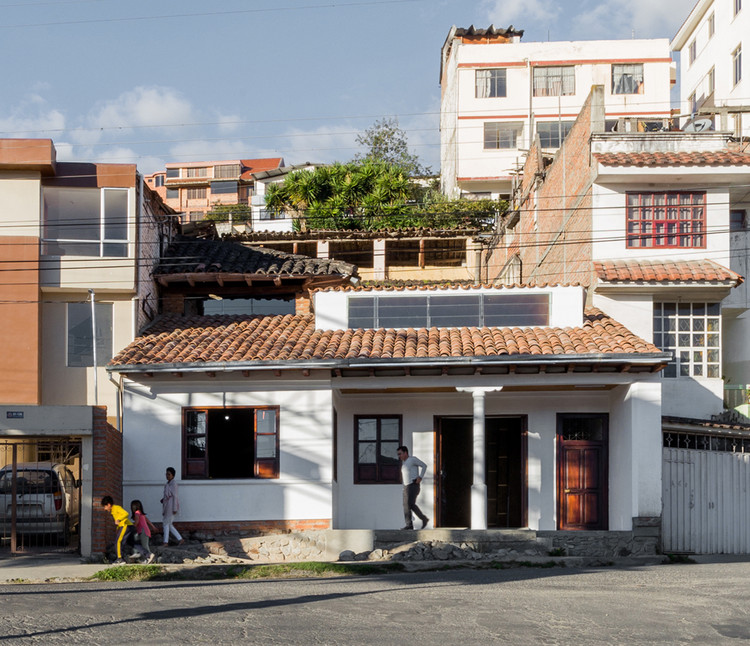
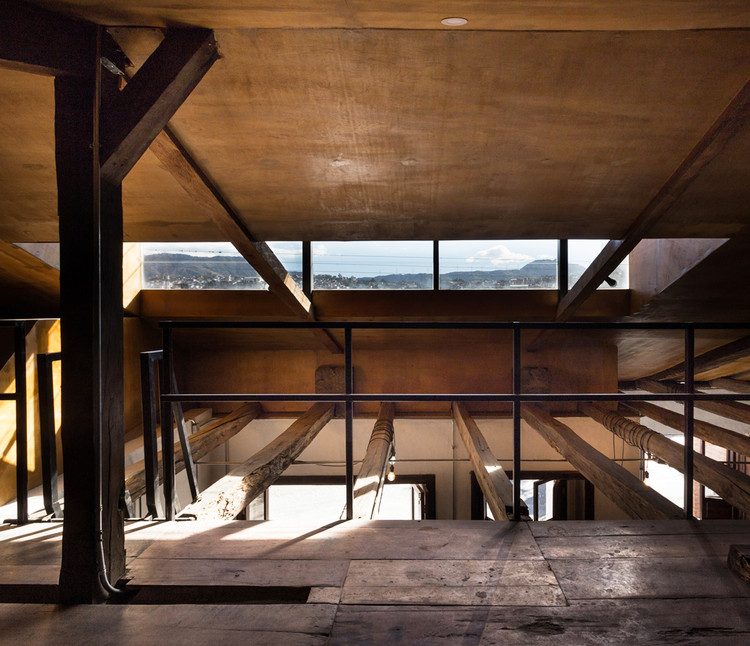
Mexico
Xólotl House / Punto Arquitectónico
- Location: Merida, Mexico
- Year: 2018
«The project comes from a former small house of one hundred square meters, which has three bays. Access to the property is located on the right side of the former first bay. The materiality of the house’s covering combines new plaster with plaster new, the original plaster, creating a contrast with the patinas that result from the passage of time”.
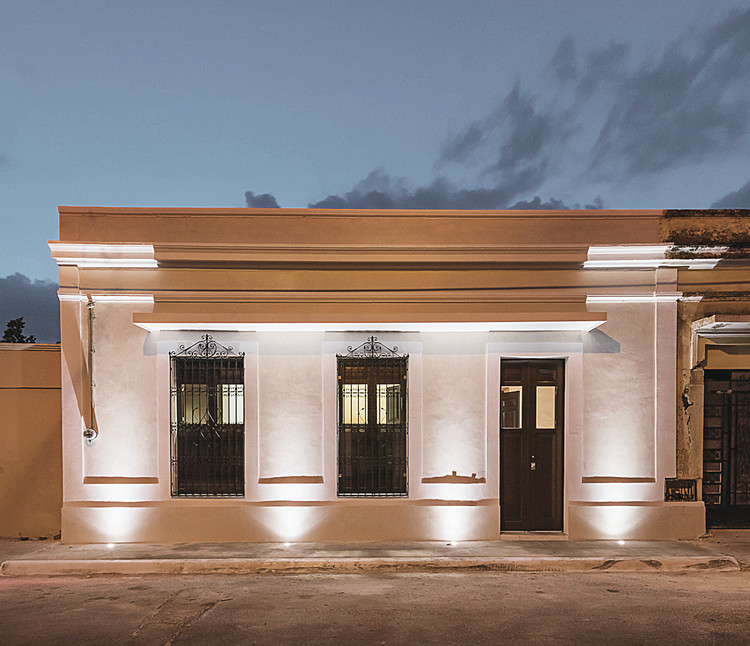
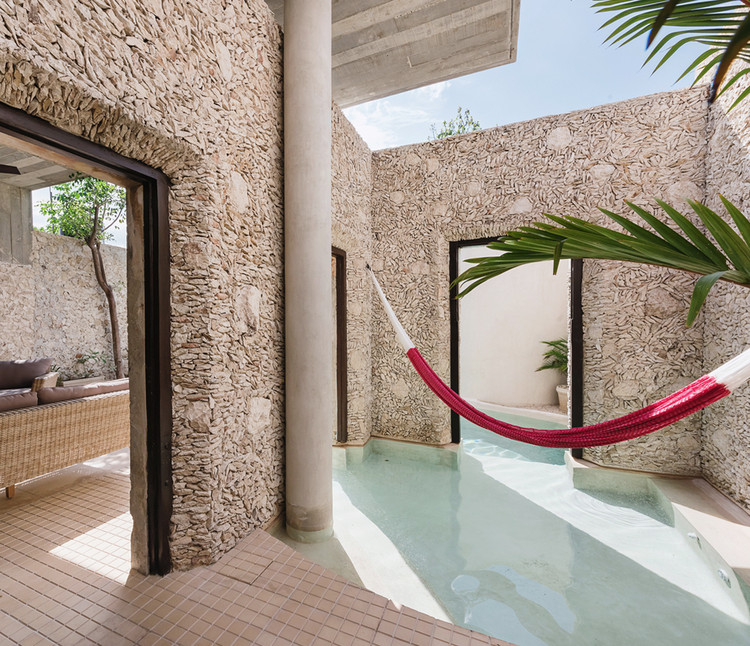
Casa Vagantes / Arista Cero + Gina Góngora
- Location: Merida, Mexico
- Year: 2020
«This intervention involves working on an existing building to accommodate travelers visiting Mérida, Yucatan. The architectural response aims to recover and display the passage of time on the house. It was made efforts to scrape the walls to reveal the colors they have gone through, preserve the rust on the metalwork, and reuse and restore doors and windows”.
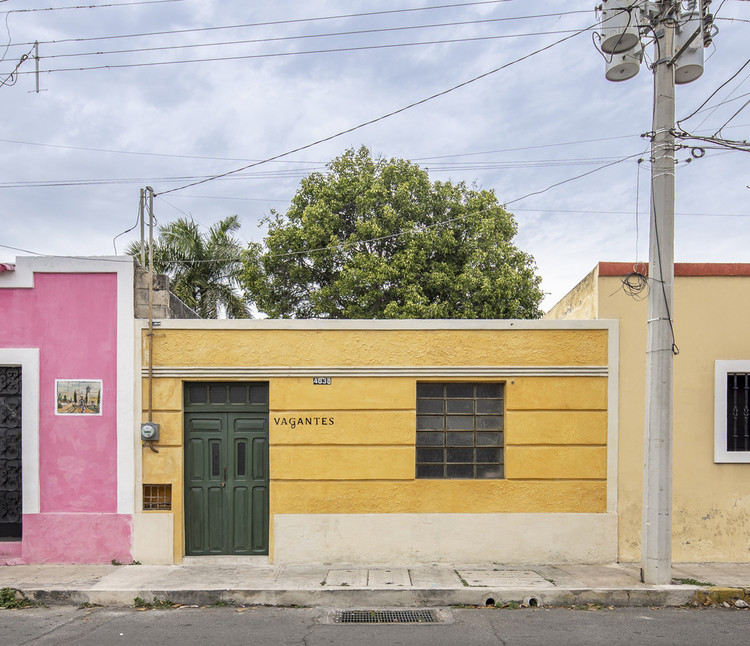
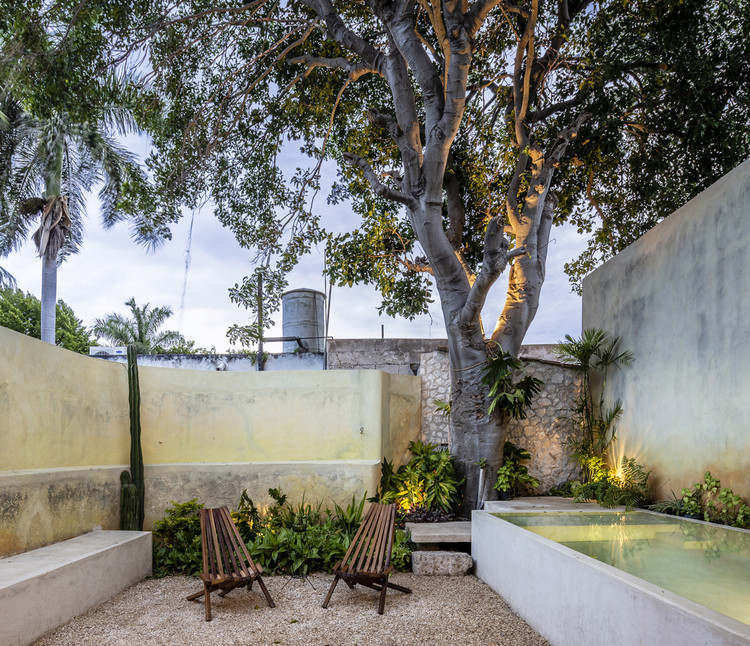
Uruguay
Urban House / FGM Arquitectos
- Location: Montevideo, Uruguay
- Year: 2014
«The project is located on an 8.66-meter lot in the neighborhood of Cordón. There was already a house from the 1930s that occupied the entire area of the available lot. The challenge was to design the facilities for the company Casa Urbana on the ground floor and adding a vertical extension that included the residential area.
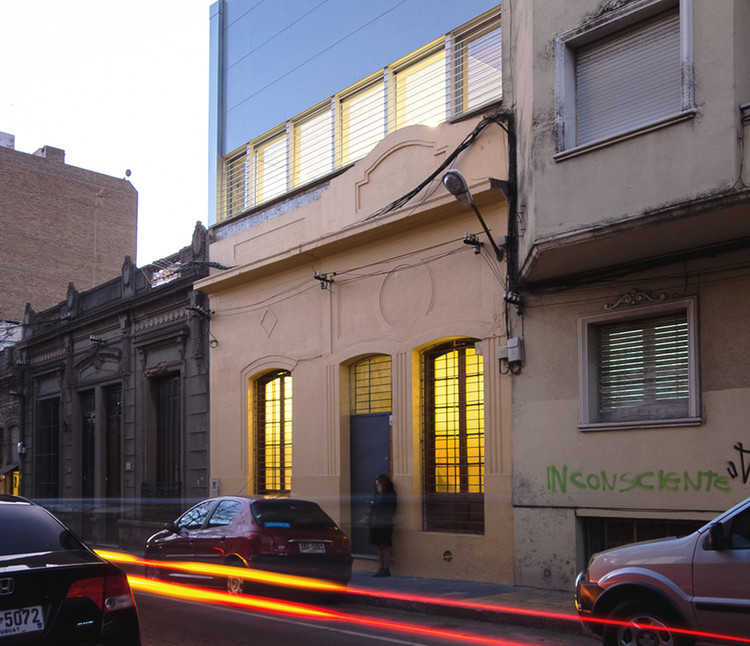
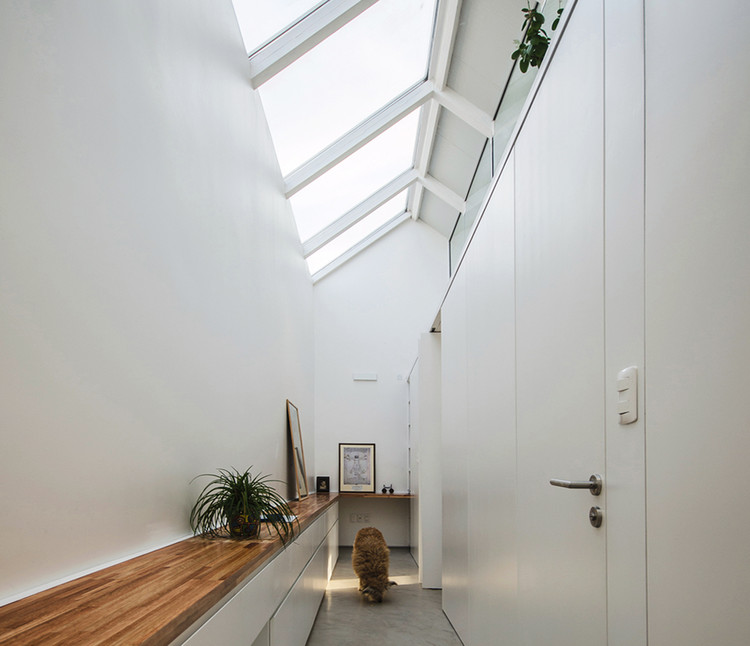
* The texts are excerpts from the descriptive memory of each project, sent by the authors themselves.
Discover more renovation projects or explore our articles, interviews, and renovation related news at the following link.
#Integrating #Contemporary #Projects #Preserving #Faces #PreLife